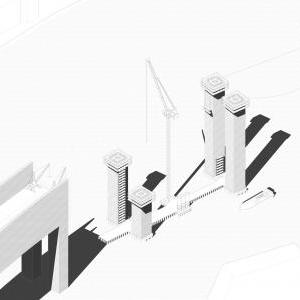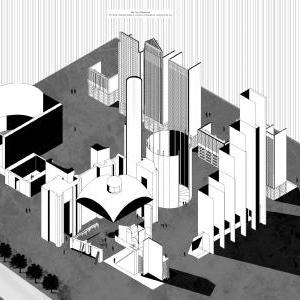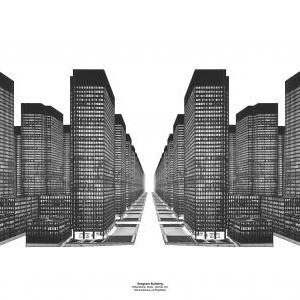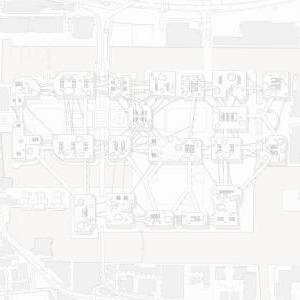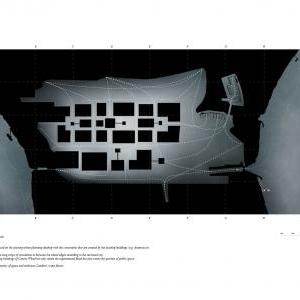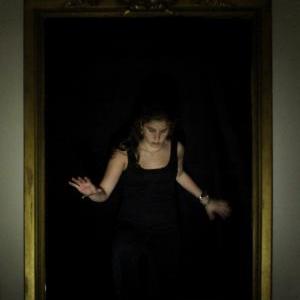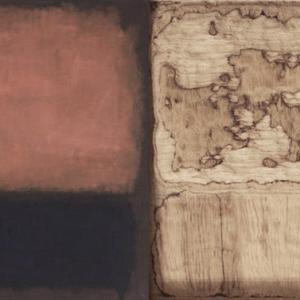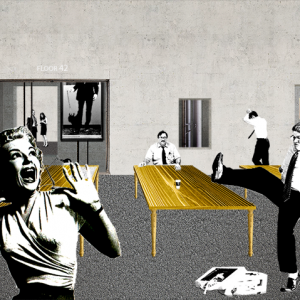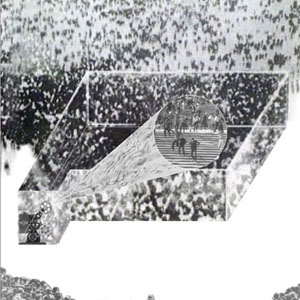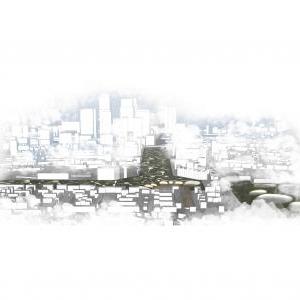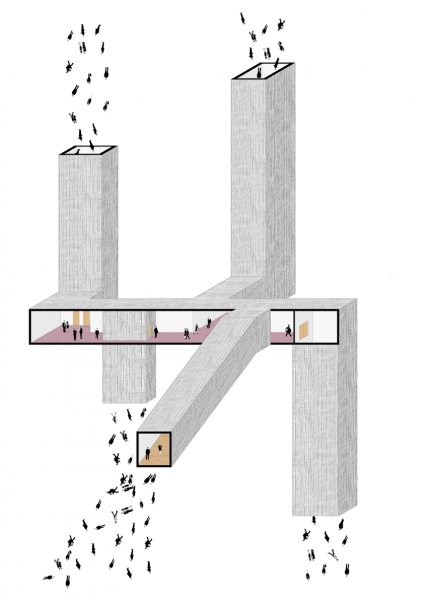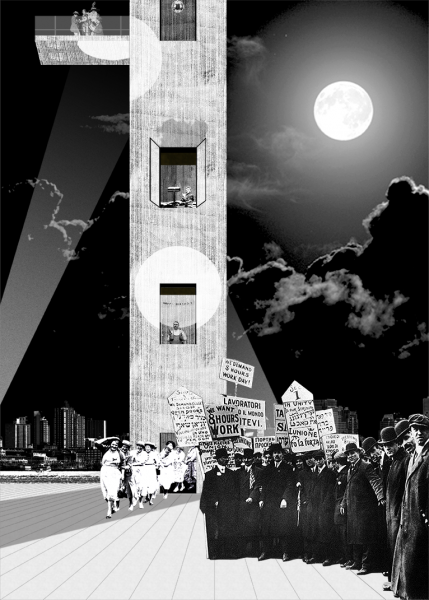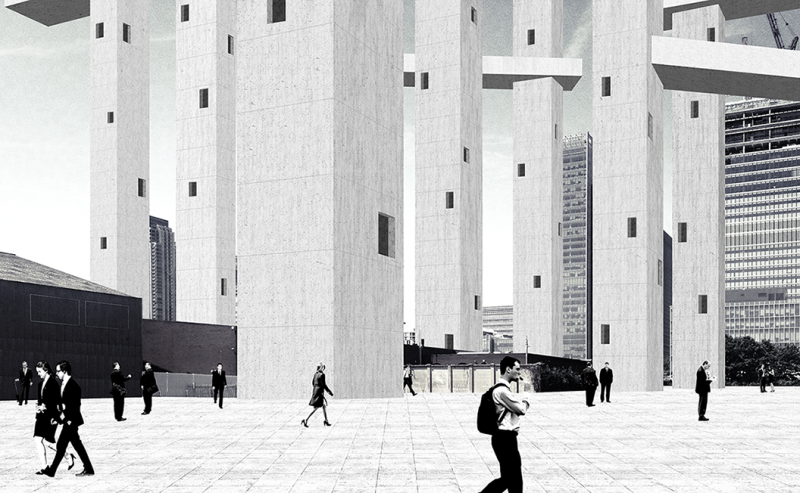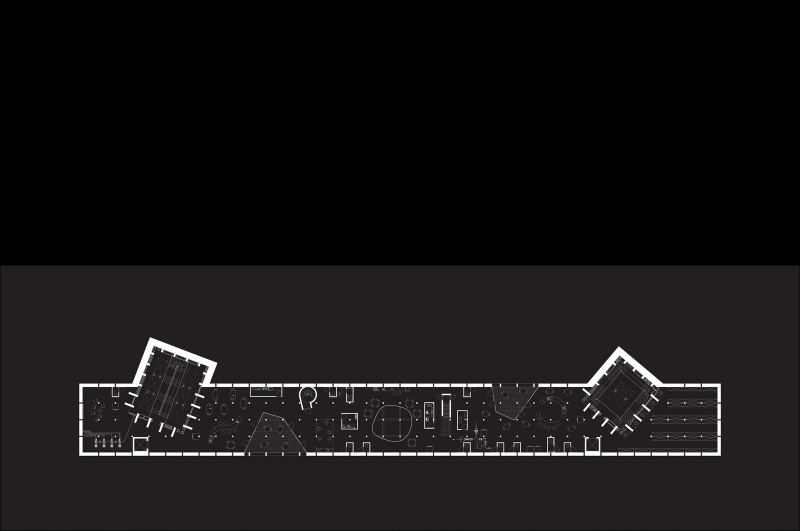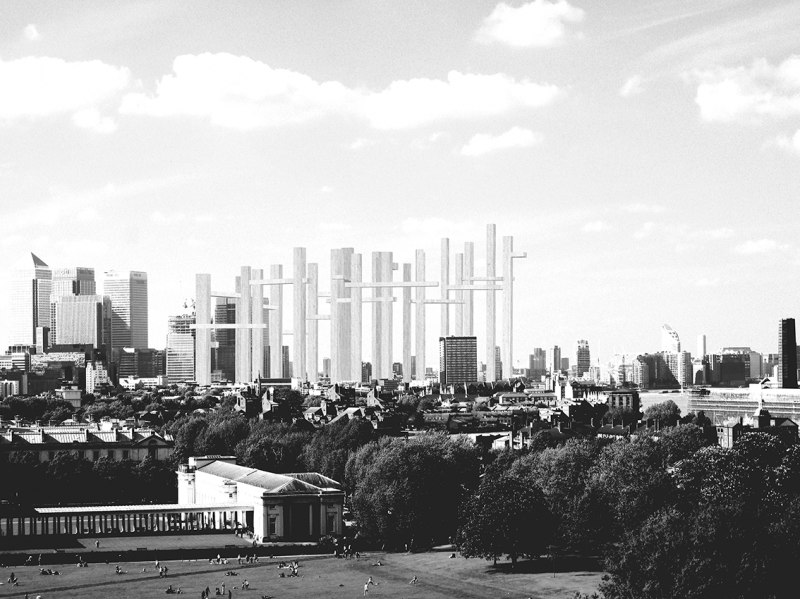Intermediate 13 has continued its research into the potency of the void. The unit agenda is centred on the idea that emptiness can be employed to release the civic qualities of the contemporary city, challenge power structures and stimulate new forms of inhabitation. This year we have adopted elements of the scientific method of hypothesis generation and developed the notion of the urban laboratory. All experiments have been located in the Isle of Dogs, which, with its mix of investment-banking towers and low-grade social housing, is now probably the most highly charged site in London. Here, students investigated the use of the void in art and architecture and developed projects that explore the uses of emptiness not just as a compositional and spatial device but also as a means of generating political, social and psychological effects.
Phenomena such as darkness, the abyss and air are tested for new social spaces in Frederique’s apartment towers clustered around darkness, Marianna’s proposition for buildings as archipelagos in future flooded London, and Naz’s investigation of architecture as air and breathing. The relationship between void, movement, afterimage and transcendence is tested with Mahsa’s elevated city common land consisting of meadows and allotments, Nabila’s green screen film city and Elisia’s Thames pier and tower. Alternative communities are explored through foundations of time, erasure and materiality in Richard’s Slow City encircling and challenging fast-paced Canary Wharf, while Felix envisions the inhabitation of partially demolished commercial towers and Masaki refills Millwall dock with soil to create an earth civic centre for Isle of Dogs. Current office typologies are challenged by new paradigms of commerce and work in Nicole’s civic super-shed constructed from repeated generic elements and Lorenz’s Core City that takes to the extreme the unexplored potential of the voids within standard office space.
Staff
Miraj Ahmed
Martin Jameson
Guests
Assemble
Jeroen van Ameijde
Fabrizio Ballabio
Nuria Alvarez Lombardero
Pierre d'Avoine
Barbara-Ann Campbell-Lange
Kevin Cash
Javier Castañón
Charlie Corry-Wright
Georgie Corry-Wright
Brian Hwui Zhi Cheng
Kelly Chorpening
Neha Choksi
Ryan Dillon
Smadar Dreyfus
Sarah Entwistle
Francisco Gonzalez de Canales
Chris Green
Teresa Hoskyns
Max Kahlen
Conrad Koslowsky
Marina Lathouri
Dirk Lellau
Kut Nadiadi
Dingle Price
Patrick Usborne
Greg Ross
Colette Sheddick
Takero Shimazaki
Terry Smith
Brett Steele
Jorgen Tandborg
Juan José Sarralde Tassara
Manijeh Verghese
Paul Warner
Thomas Weaver
Simon Whittle
Valli Van Zijl
Lorenz Adriaens
The starting point was generated by an interest in how people escape everyday life. The project investigates how people use the “void” as a mechanism of escape – how every system needs a backdoor. For example: daydreaming, drugs, fantasy, cigarette breaks, online worlds, meditation, … all these are examples of how human beings enter their own personal void.
Our site, the Isle of Dogs in London, is home to Canary Wharf, one of the most intense economic areas of Europe. By projecting my interest on this site I ended up researching office spaces and how the phenomenon of escape is deeply rooted within the daily routine of office life. The spatial structure that captures these breaks or escapes is in many cases the tower core. The aim is to open a discussion about these cores, how can they be more then just a rational structure of supply. The project tries to develop the core as an independent second world next to the work world so that there would be a constant escape (transit) from one world to an other.
